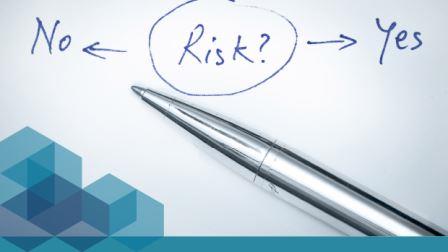According to The Integrated Framework, IIA.Org that risk analysis is the identification and assessment of risks to the realization of business objectives. It forms a source for defining how risks ought to be assigning about.
This means that using the tenacity to determine the risk appetite, the amount of risk on a general level in which an organization is willing to accept to the assignment of importance. It is crucial to use measurable or qualitative standings for example board’s remunerations at risk against business reputation risk, and also to think through risk acceptance within a range of acceptable deviation.
Although the evidence mentioned in the OECD report points to severe weaknesses within the refined organisations, it is important that the boards of a company had to be clear around its exceptional strategy and risk object. Kirkpatrick states that this is to ensure that its visions and objectives of the company can be reinforced and responded in a timely manner.
Somehow, many internal auditors have over the years confirmed that their internal audit planning decisions were based on the so called “risk,” but these claims were often made without a formal risk assessment and control approach.








